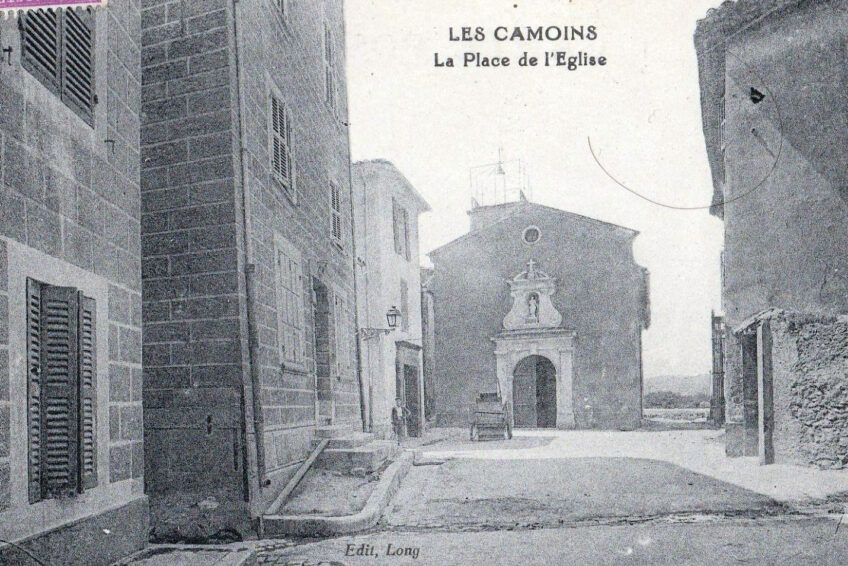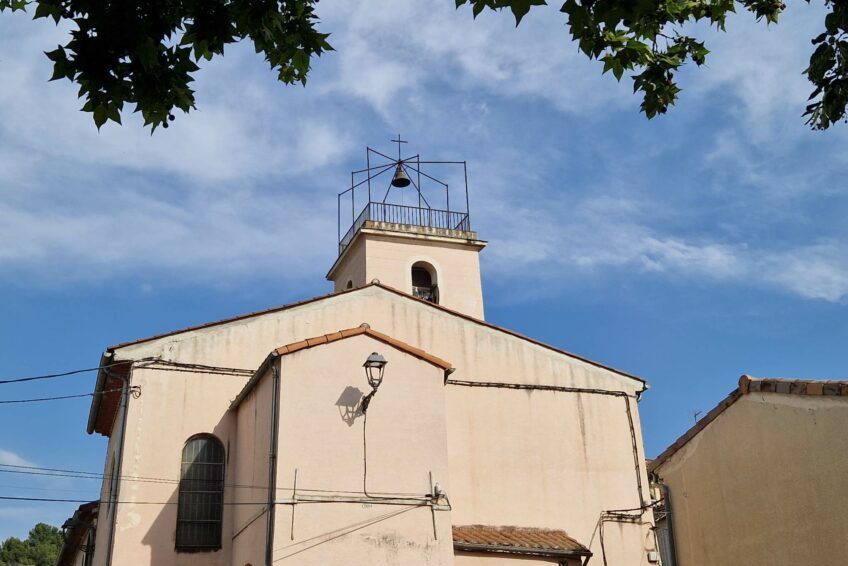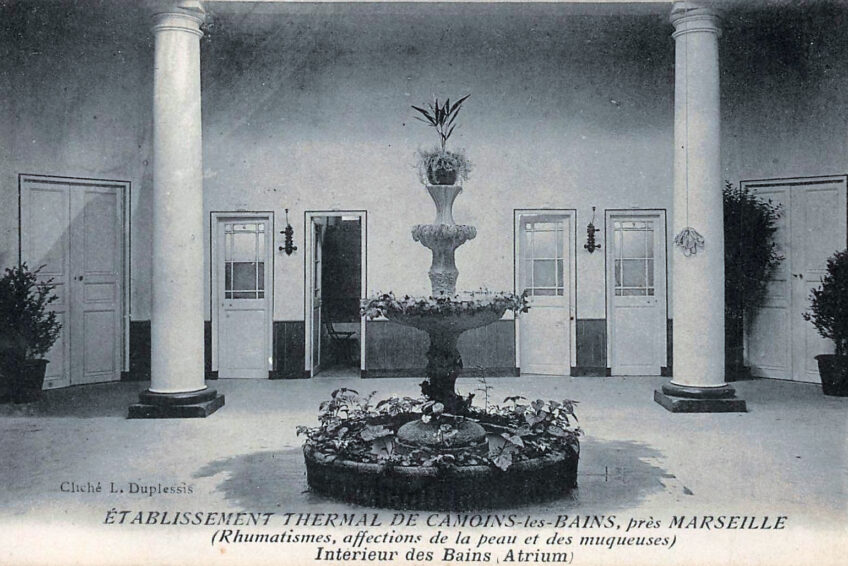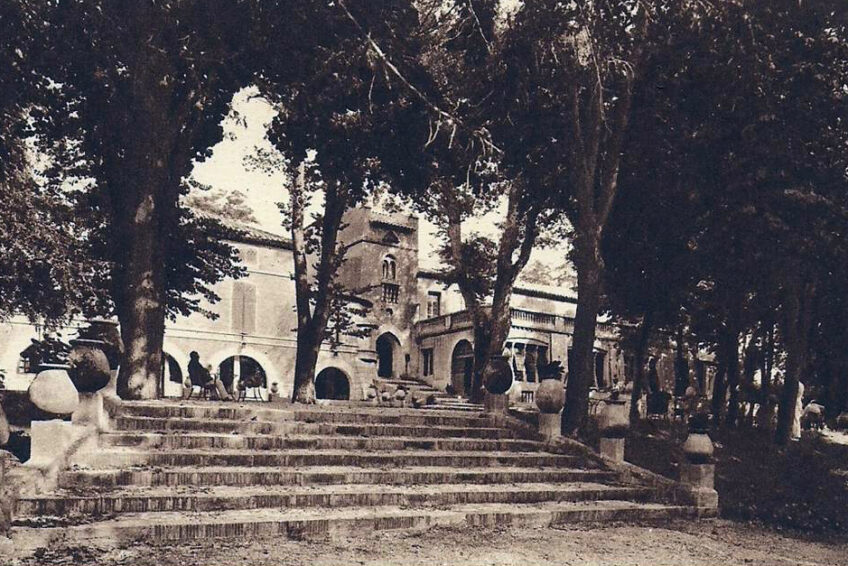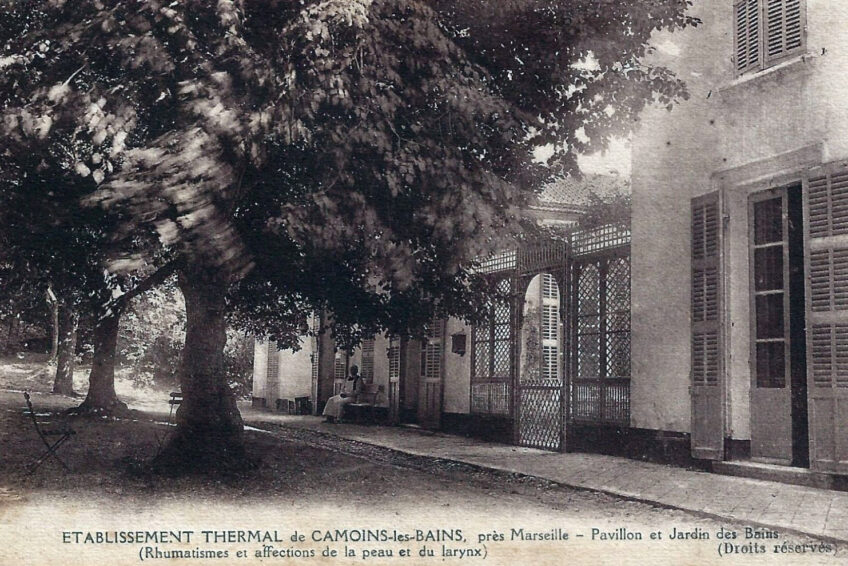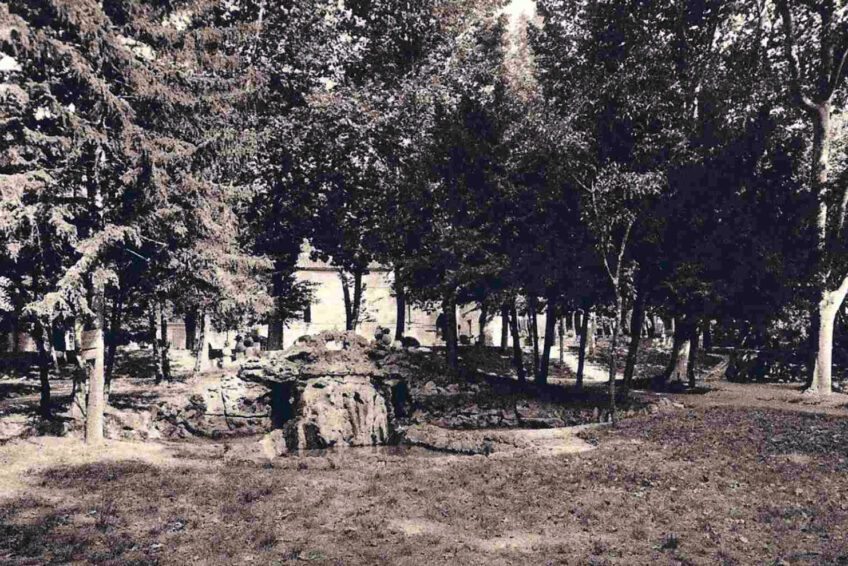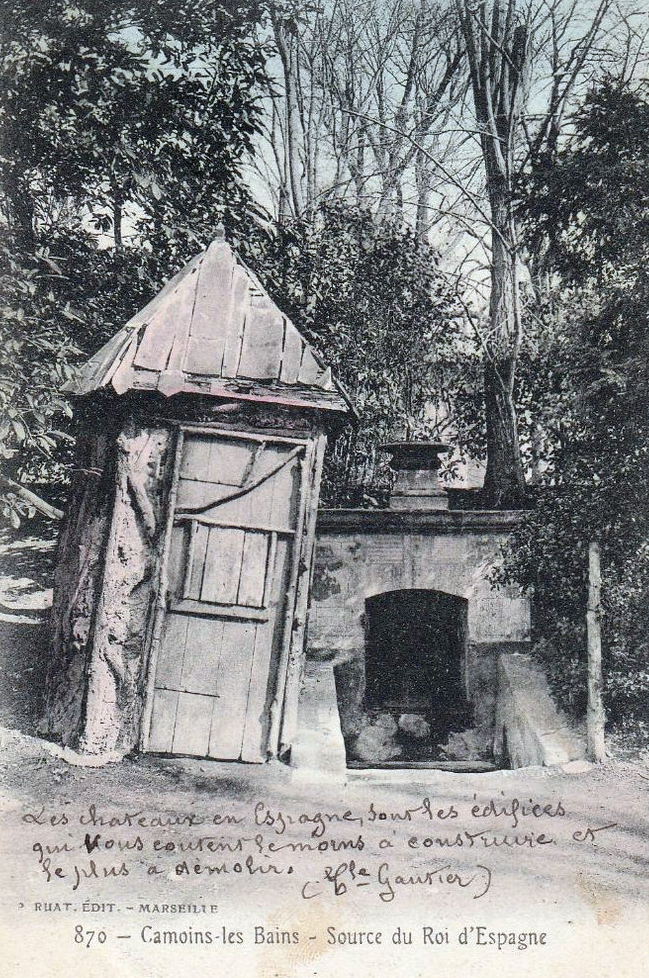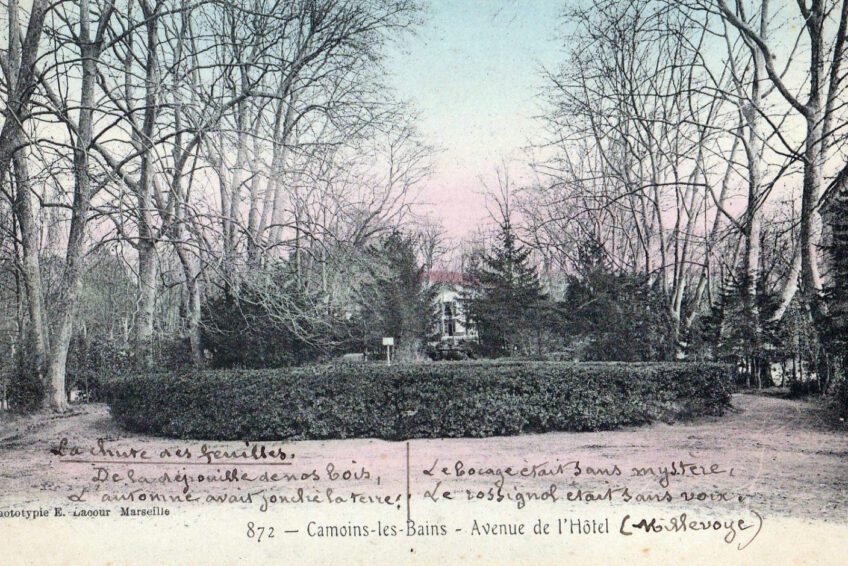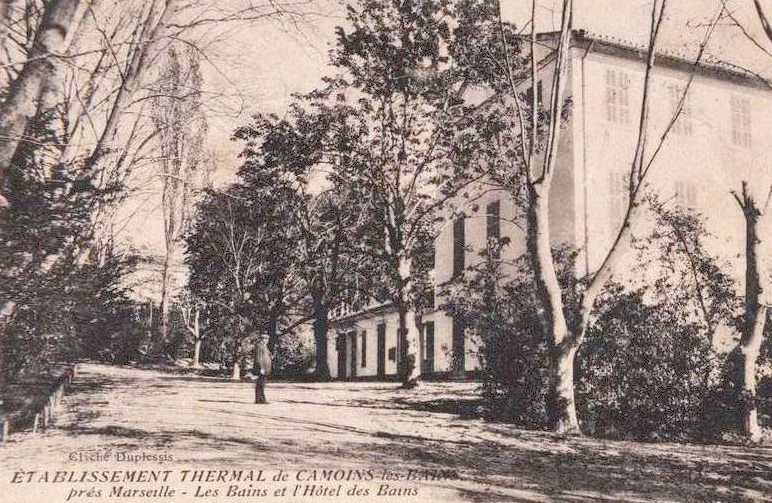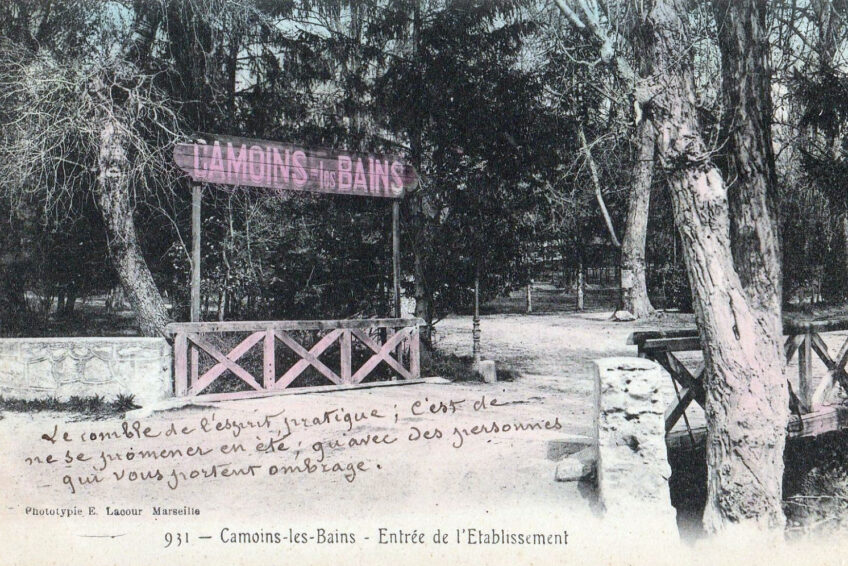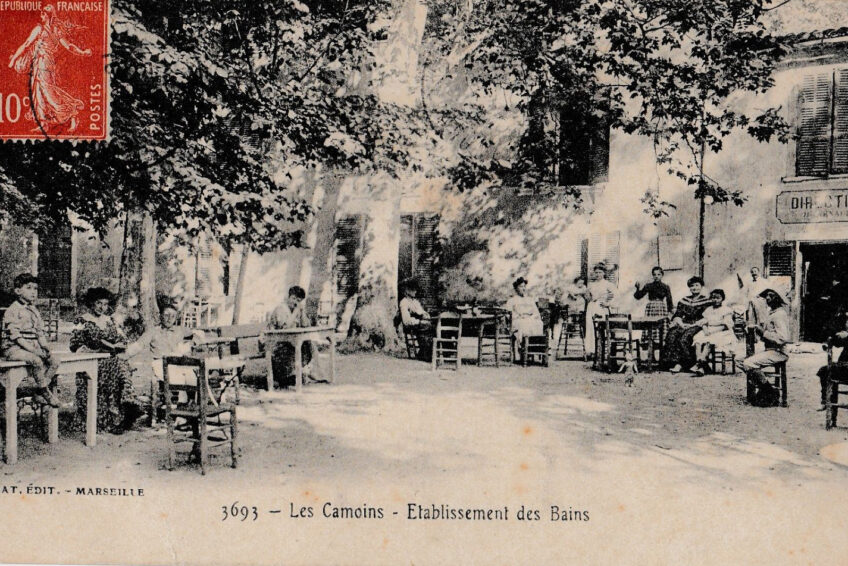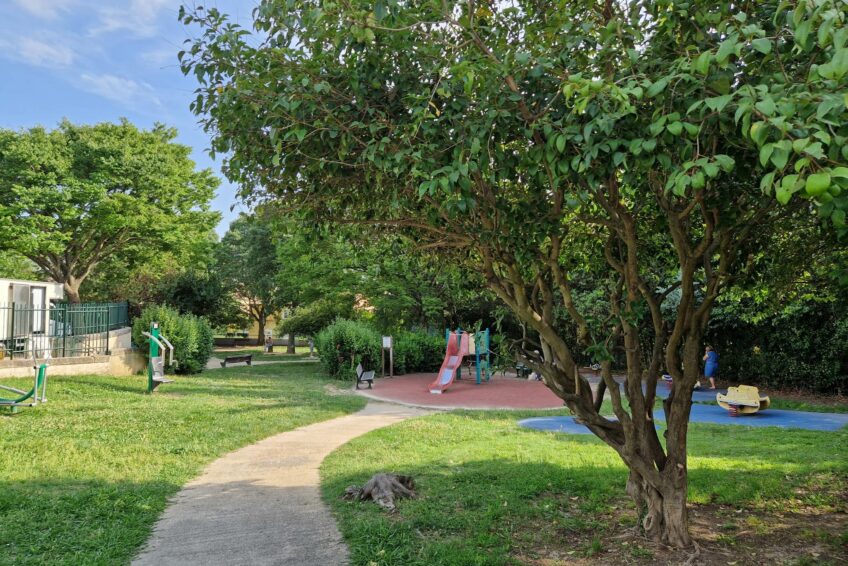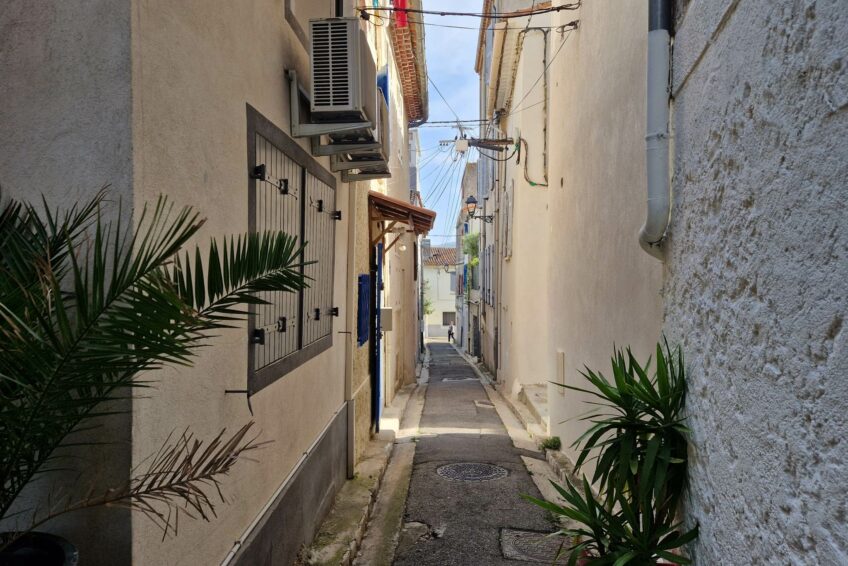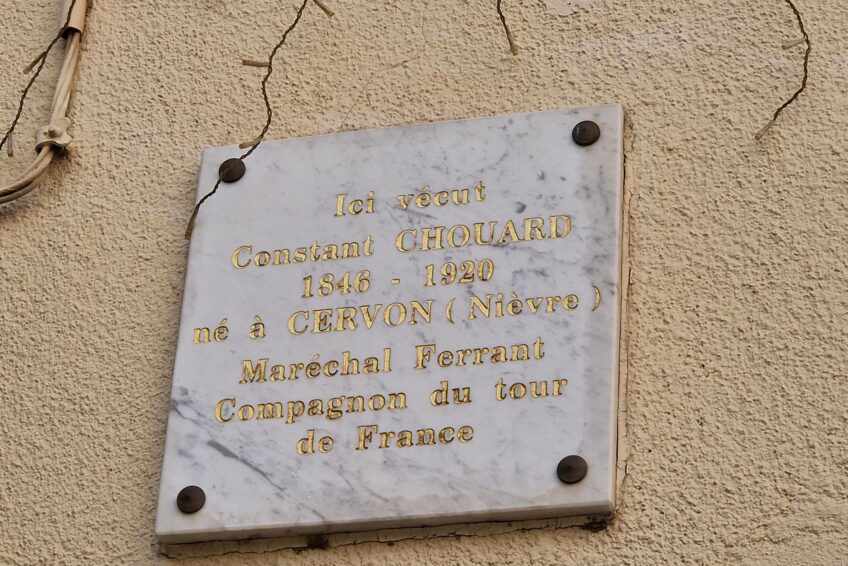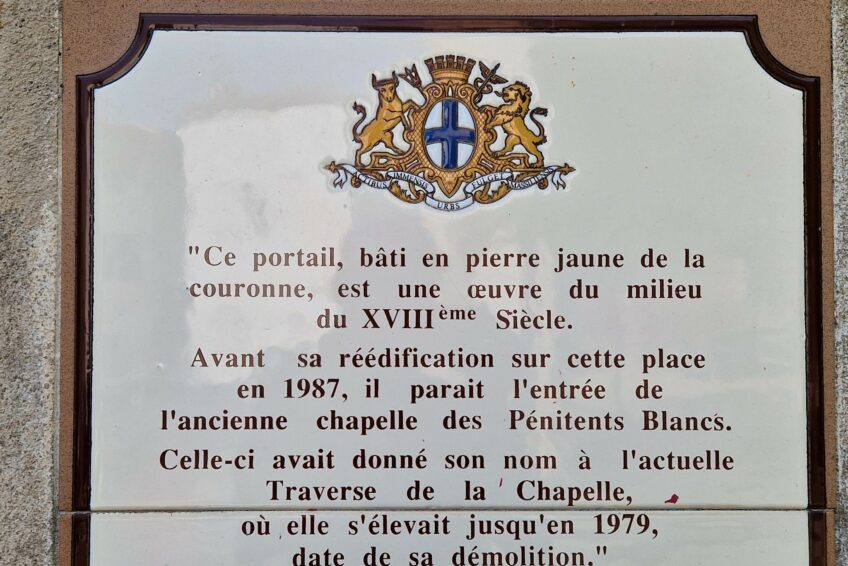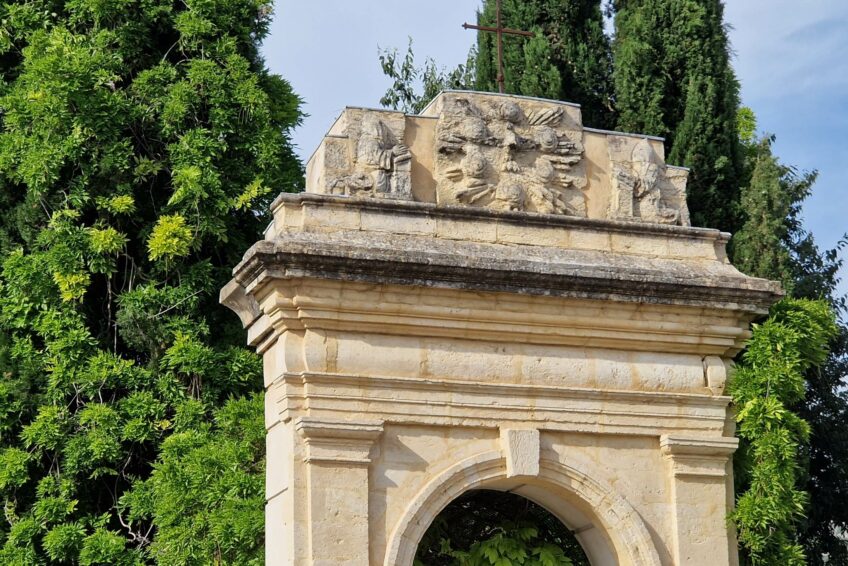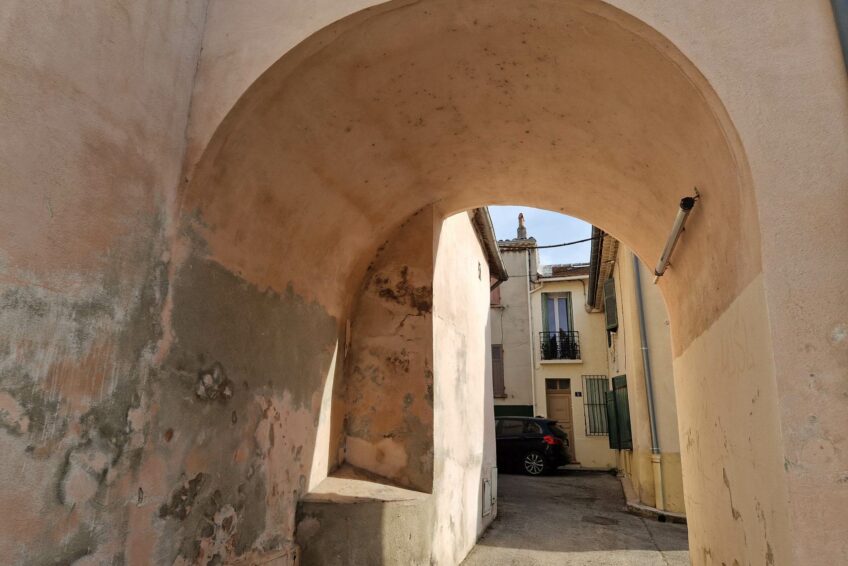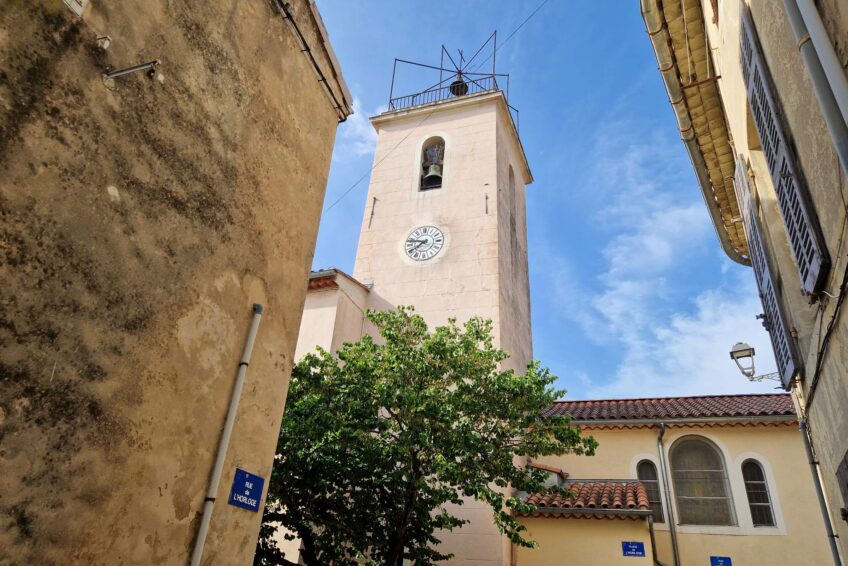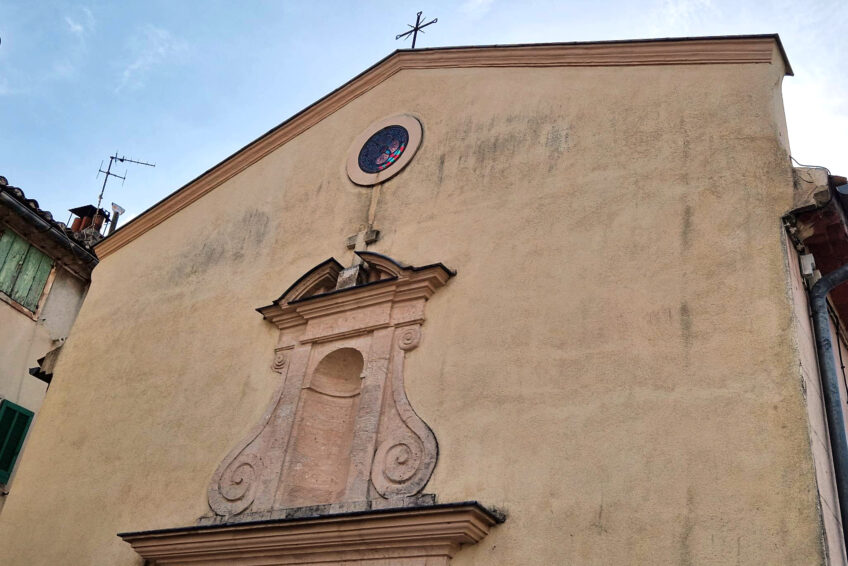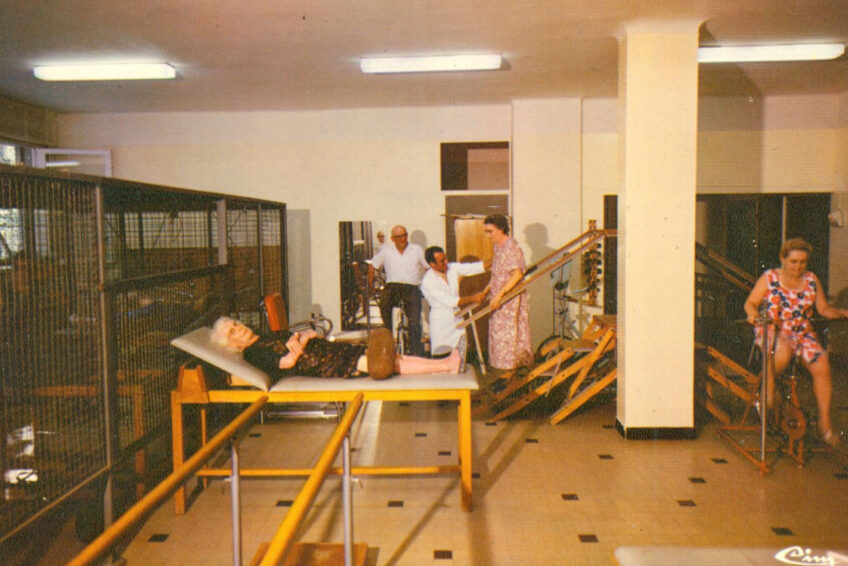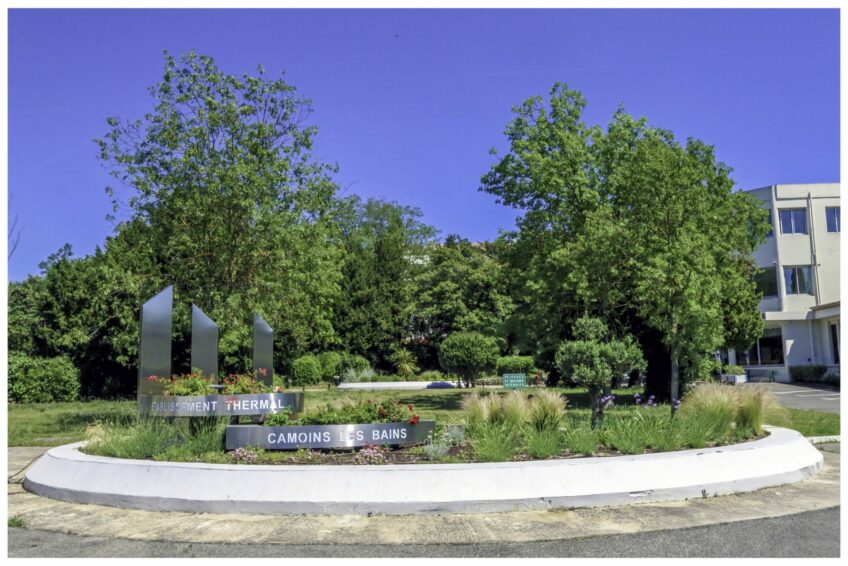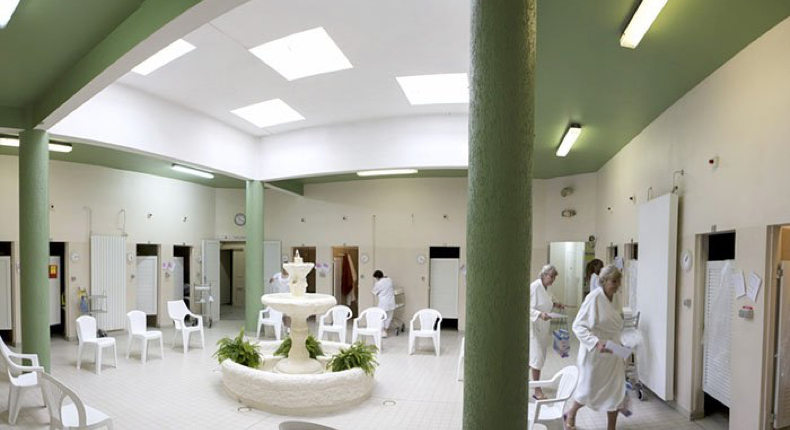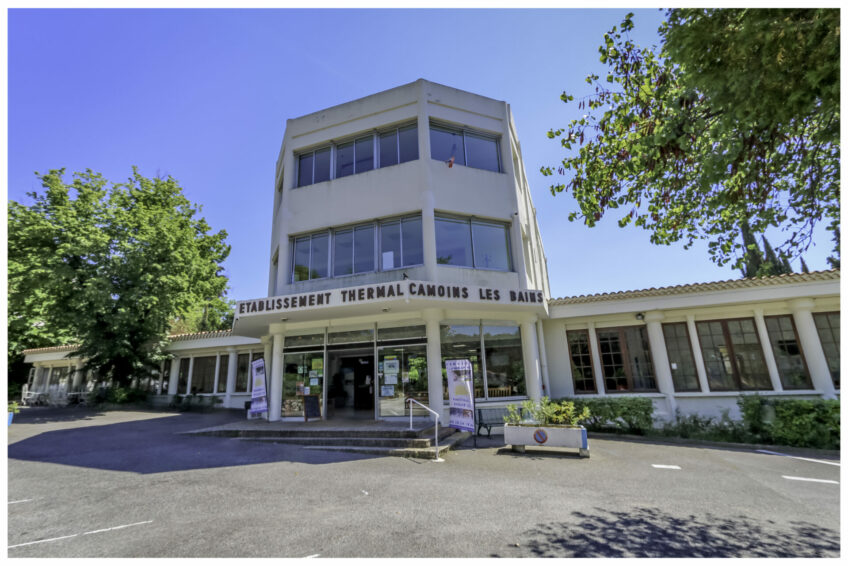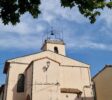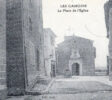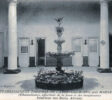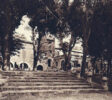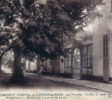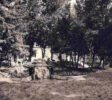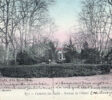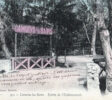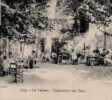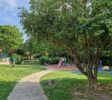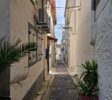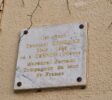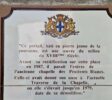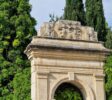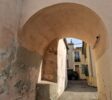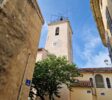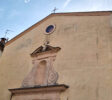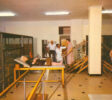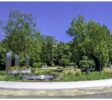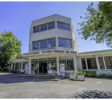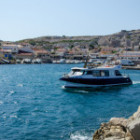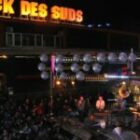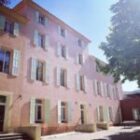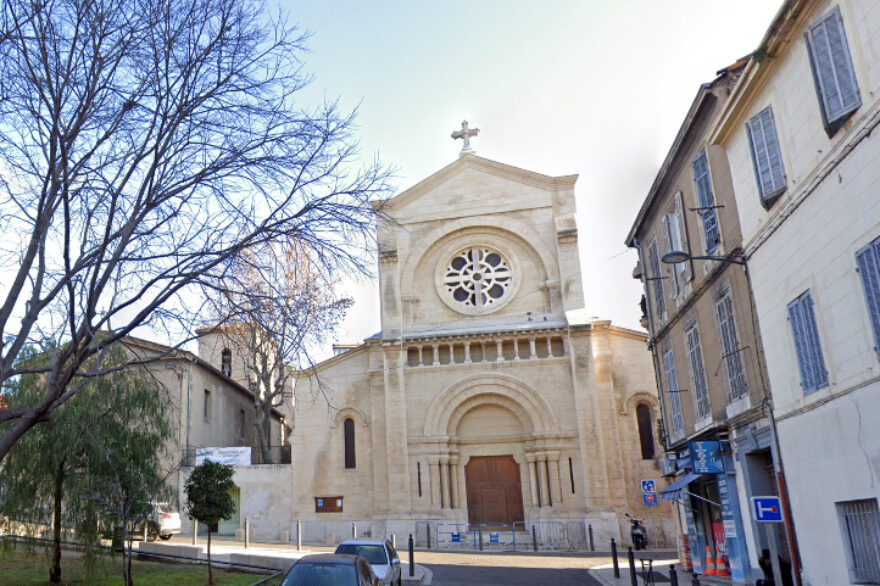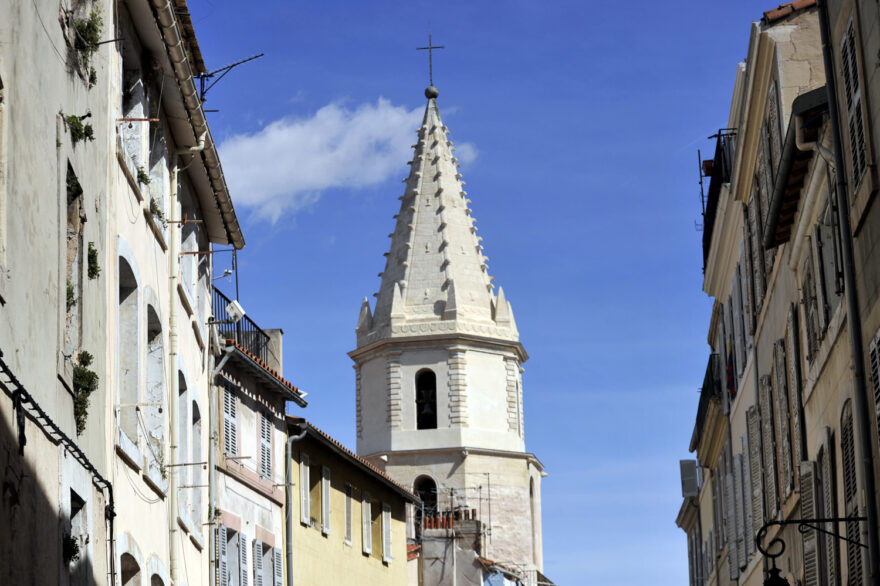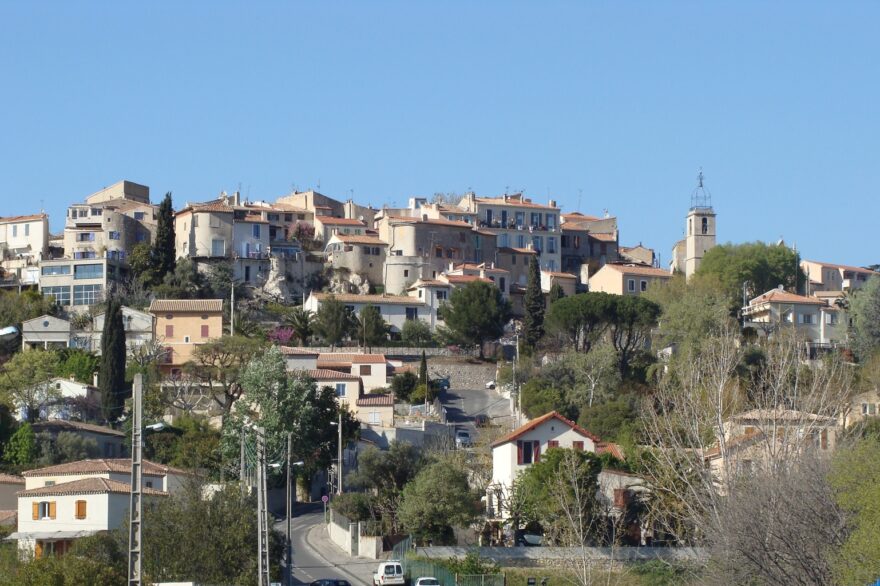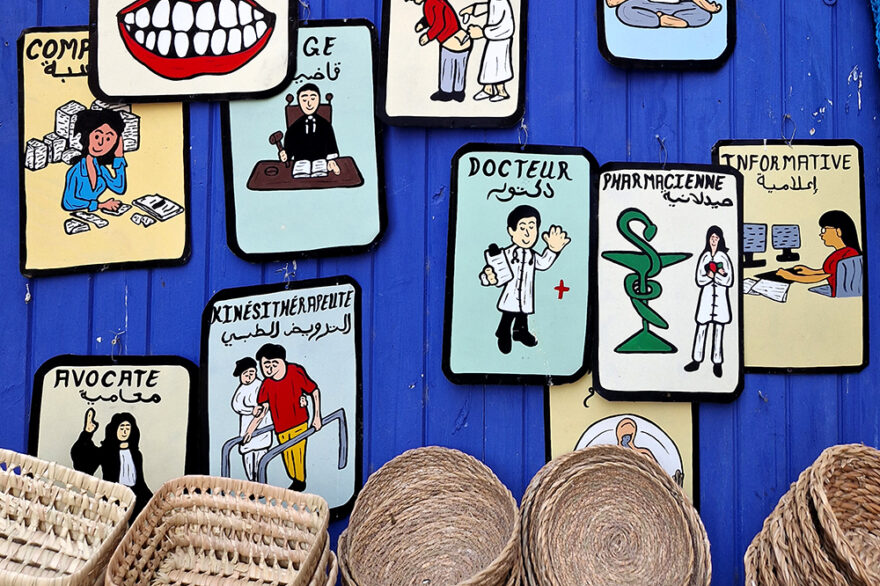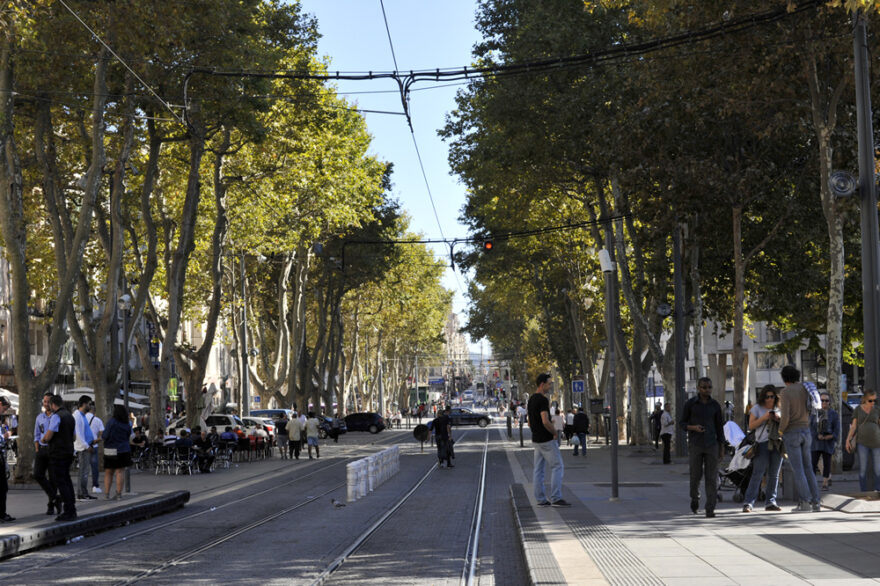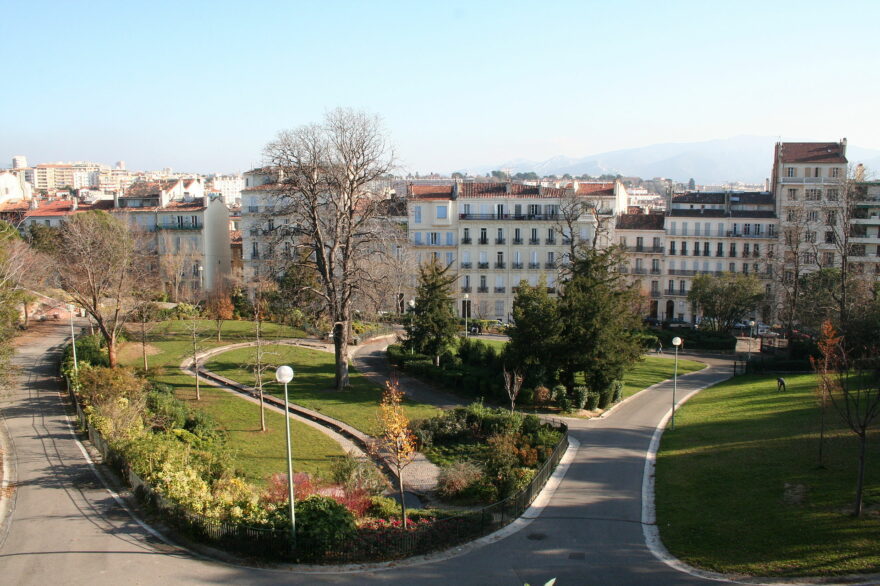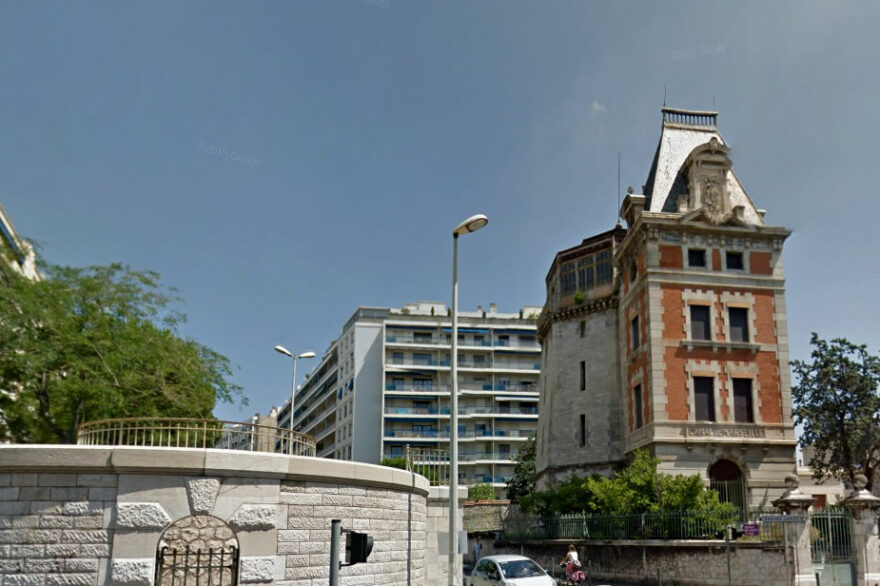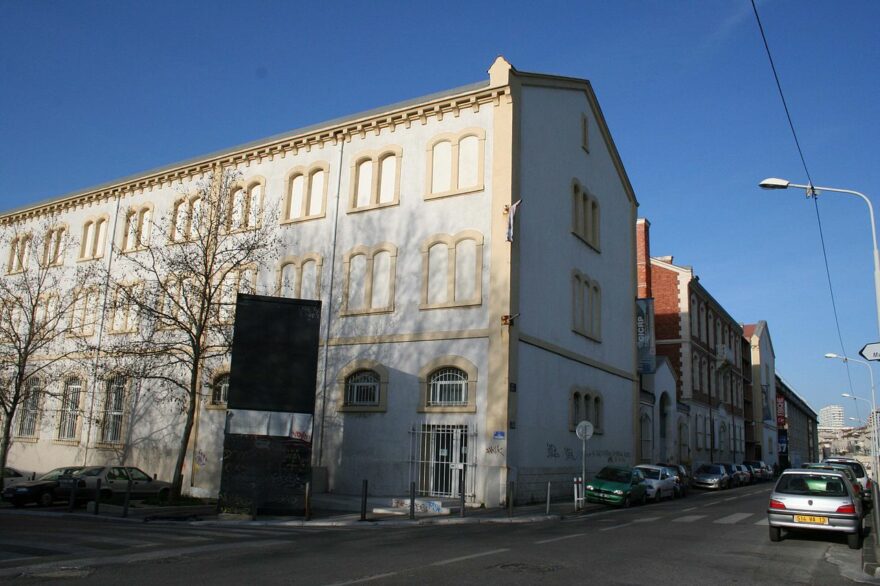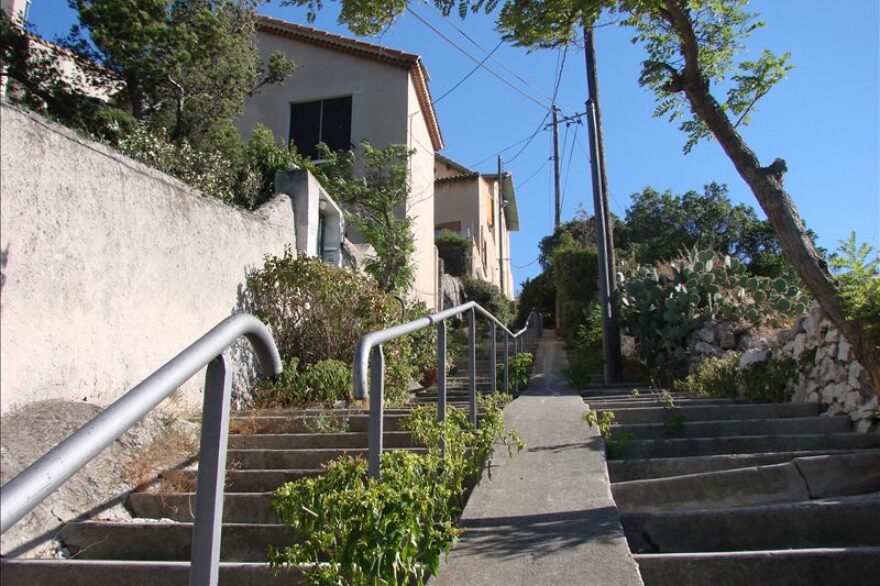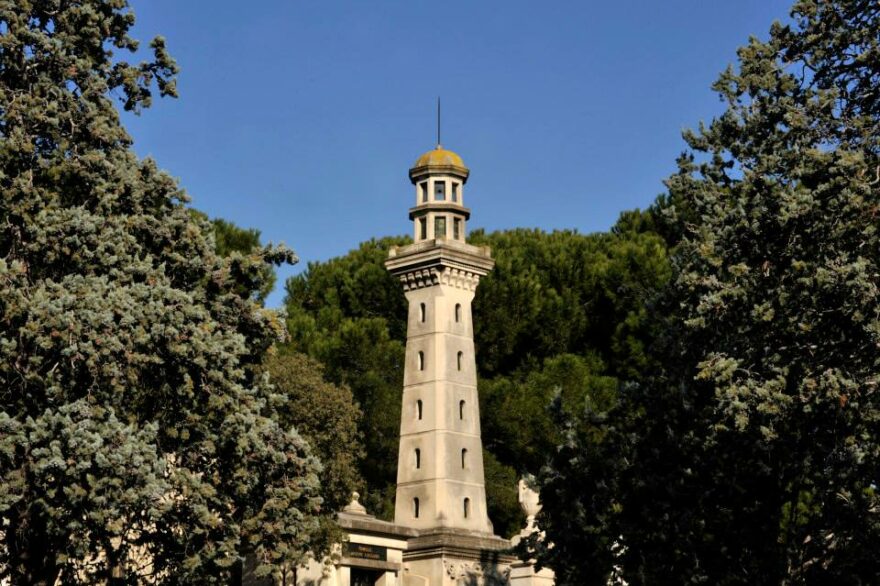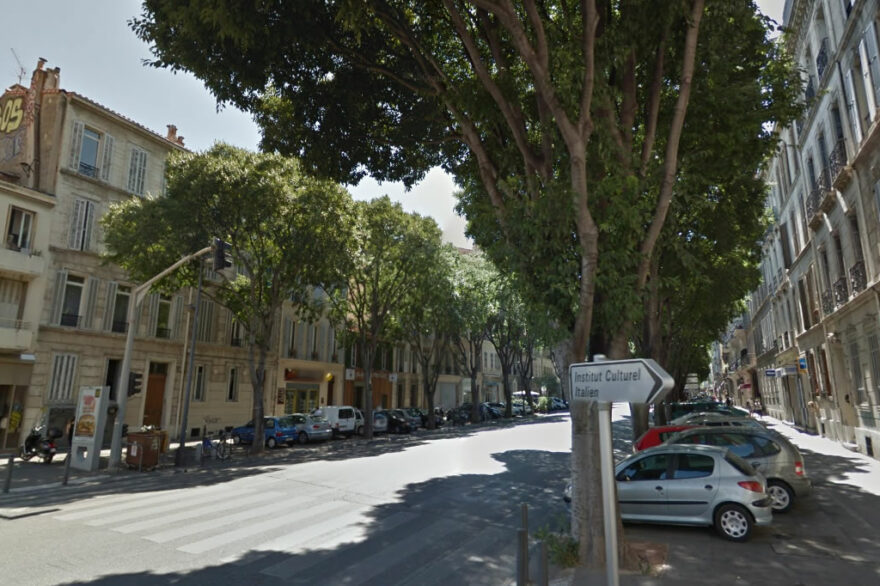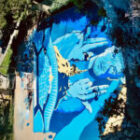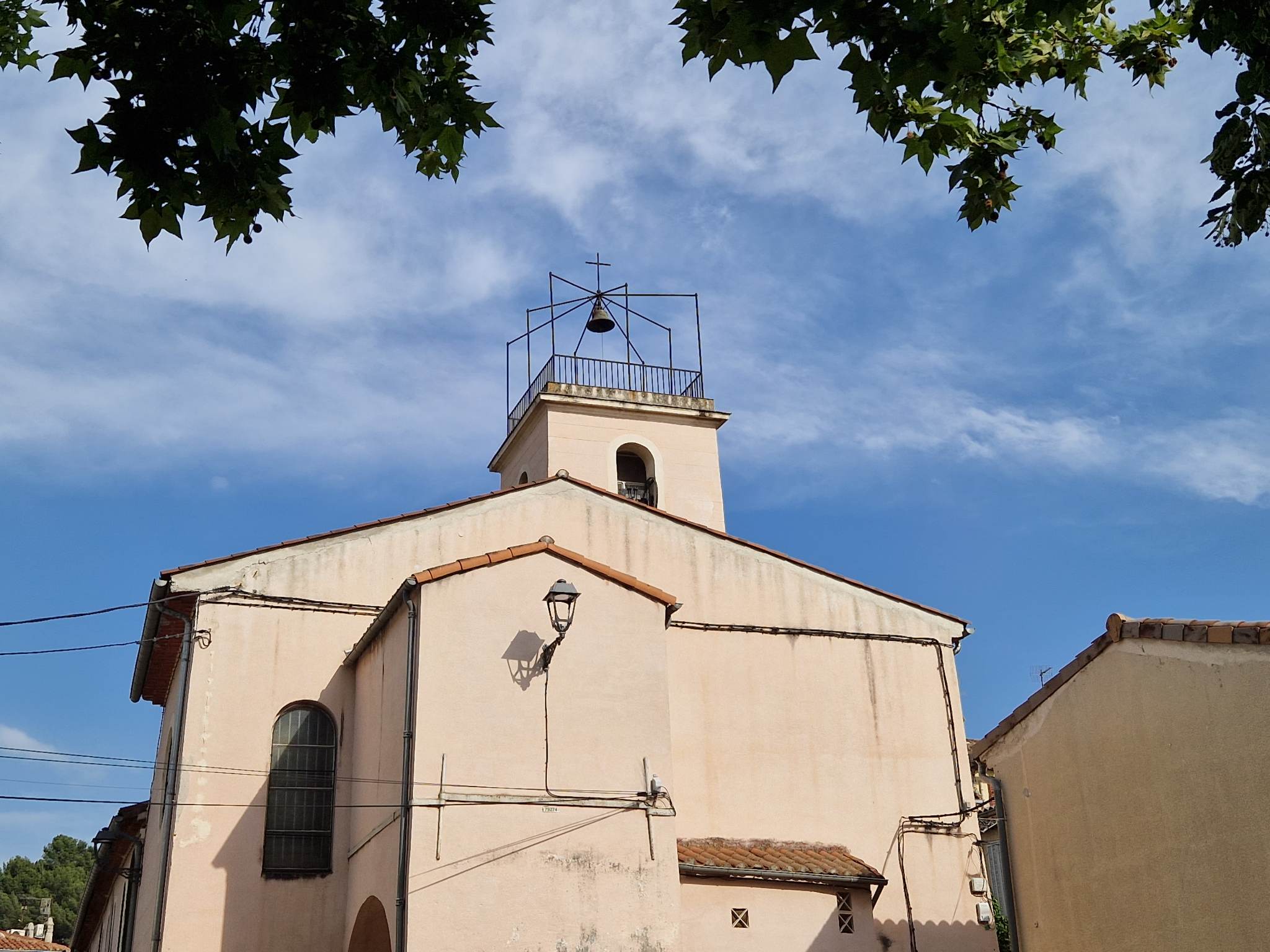
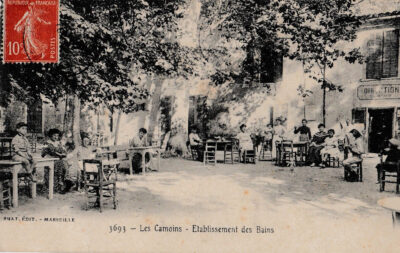 He is forced to rebuild the buildings in ruins. His house will be four rods wide by the same height, made of lime and sand, within the next seven years, according to the terms of the lease. In 1453, he passes recognition of property and he undertakes to pay the tax of two eminems of wheat to the monk. His will of October 01, 1456 allows us to know his many heirs - he is known to have five living sons, two daughters, and ten grandchildren - who will share land in 1471 on a territory ranging from Allauch, on the side of Garlaban to Aubagne , with part of what is now La Penne-sur-Huveaune and up to La Valentine.
He is forced to rebuild the buildings in ruins. His house will be four rods wide by the same height, made of lime and sand, within the next seven years, according to the terms of the lease. In 1453, he passes recognition of property and he undertakes to pay the tax of two eminems of wheat to the monk. His will of October 01, 1456 allows us to know his many heirs - he is known to have five living sons, two daughters, and ten grandchildren - who will share land in 1471 on a territory ranging from Allauch, on the side of Garlaban to Aubagne , with part of what is now La Penne-sur-Huveaune and up to La Valentine.
His will also tells us that he is from Ully-Saint-Georges, in the Oise.
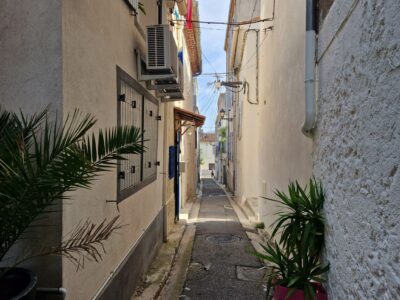 The parents of his only wife, Jeanne Cortier, are totally unknown. The village counting 150 parishioners, it was decided in 1530 to build a church which will not be parish until 1843. In 1575, the bishop of Marseille Frédéric Ragueneau being solicited by the king, he donated two million to his sovereign to fight Protestantism, but must sell part of the high, medium and low justice of the seigneury of Saint-Marcel, of which Camoins was a part. Pierre Huc will be the new lord of Camoins who will soon be reunited again in Saint-Marcel. The League, in 1593, will bring its share of misery: the Duke of Épernon, who commanded the Royal League in Aubagne, claimed a thousand crowns from the villagers of Camoins. On May 29, 1647, Étienne de Puget, Bishop of Marseilles, sold the commune to the seigneury of Saint-Marcel, in order to find funds to build the episcopal palace.
The parents of his only wife, Jeanne Cortier, are totally unknown. The village counting 150 parishioners, it was decided in 1530 to build a church which will not be parish until 1843. In 1575, the bishop of Marseille Frédéric Ragueneau being solicited by the king, he donated two million to his sovereign to fight Protestantism, but must sell part of the high, medium and low justice of the seigneury of Saint-Marcel, of which Camoins was a part. Pierre Huc will be the new lord of Camoins who will soon be reunited again in Saint-Marcel. The League, in 1593, will bring its share of misery: the Duke of Épernon, who commanded the Royal League in Aubagne, claimed a thousand crowns from the villagers of Camoins. On May 29, 1647, Étienne de Puget, Bishop of Marseilles, sold the commune to the seigneury of Saint-Marcel, in order to find funds to build the episcopal palace.
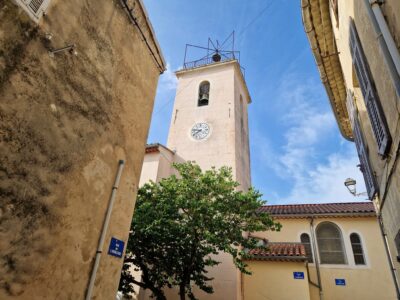 In 1676, a new owner of the estate, Pierre de Porry, succeeded François Compian. The domain will then take the name of Porporeras and other spellings replacing the Coupianne. When Pierre de Porry died in 1720, the estate went to one of his nephews, Henry de Cambrai, and became La Cambrette. It will not leave the family until the 600th century. In the 1720th century, the hamlet became a village, with more than 500 inhabitants. The plague of 1793 removes about sixty people from the village which then has about XNUMX inhabitants. In XNUMX, the church was transformed into a temple of Reason. The church which had been rebuilt in 1734, was modified for health reasons between 1888 and 1894, with opening of windows, restoration of the facades and the bell tower. In 1818, the village had 551 inhabitants. In the XNUMXth century, the passage of a branch of Marseilles canal will allow the development of agriculture, with plantations of fruit trees (apple trees, cherry trees, pear trees), cereals and vines.
In 1676, a new owner of the estate, Pierre de Porry, succeeded François Compian. The domain will then take the name of Porporeras and other spellings replacing the Coupianne. When Pierre de Porry died in 1720, the estate went to one of his nephews, Henry de Cambrai, and became La Cambrette. It will not leave the family until the 600th century. In the 1720th century, the hamlet became a village, with more than 500 inhabitants. The plague of 1793 removes about sixty people from the village which then has about XNUMX inhabitants. In XNUMX, the church was transformed into a temple of Reason. The church which had been rebuilt in 1734, was modified for health reasons between 1888 and 1894, with opening of windows, restoration of the facades and the bell tower. In 1818, the village had 551 inhabitants. In the XNUMXth century, the passage of a branch of Marseilles canal will allow the development of agriculture, with plantations of fruit trees (apple trees, cherry trees, pear trees), cereals and vines.
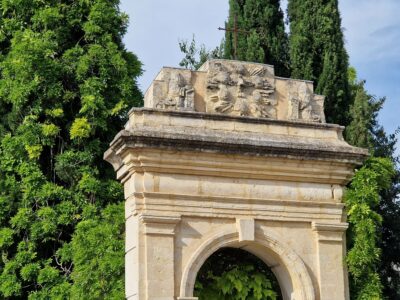 The Chapel of the White Penitents of the Holy Spirit dates from the beginning of the 1817th century in a style mixing the Romanesque and the Renaissance style. This brotherhood sang offices and participated in the celebration of festivals. From 1878 to XNUMX, this brotherhood and its renowned choir will animate all the great processions of Marseille. Its members will animate the consecration of the sanctuary of Our Lady of the Guard in 1864. The village has a clinic, the Saint-Bruno clinic, a psychiatric clinic, as well as a retirement home. The Camoins has been known since Antiquity for its sources, but they were hardly exploited. In the 1811th century, various owners tried to install the first station with baths, then came the installation of a "sludge pavilion", around XNUMX, the year when the King of Spain Charles IV, deposed and in exile in Marseilles, will come to take the waters of Camoins to treat his gout and rheumatism.
The Chapel of the White Penitents of the Holy Spirit dates from the beginning of the 1817th century in a style mixing the Romanesque and the Renaissance style. This brotherhood sang offices and participated in the celebration of festivals. From 1878 to XNUMX, this brotherhood and its renowned choir will animate all the great processions of Marseille. Its members will animate the consecration of the sanctuary of Our Lady of the Guard in 1864. The village has a clinic, the Saint-Bruno clinic, a psychiatric clinic, as well as a retirement home. The Camoins has been known since Antiquity for its sources, but they were hardly exploited. In the 1811th century, various owners tried to install the first station with baths, then came the installation of a "sludge pavilion", around XNUMX, the year when the King of Spain Charles IV, deposed and in exile in Marseilles, will come to take the waters of Camoins to treat his gout and rheumatism.
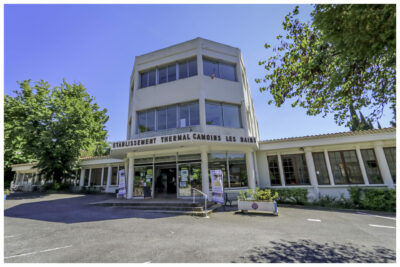 The administration of the department is interested in it and distributes water from the thermal baths in the hospitals of Marseille for people with skin diseases. Doctor Maxime Durand-Fardel (1815-1899) defines it as a source of calcium sulphurous water6. It was sold in pots with a capacity of half a liter in pharmacies, for the sum of four sous. The poor received it for free, as well as the people who came to drink it on the spot. It was called Aqua Cambresiana from the name of the Marquis de Cambrai, owner of the land, which will pass to his nephew, Mr. d'Heureux. In 1839, Chevalier Alphonse Louis Joseph d'Heureux, commissioner of the Navy and new owner, set up a nursing home there under the sign "Les Bains imperiales des Camoins". Discover the fact sheet on the Thermes des Camoins.
The administration of the department is interested in it and distributes water from the thermal baths in the hospitals of Marseille for people with skin diseases. Doctor Maxime Durand-Fardel (1815-1899) defines it as a source of calcium sulphurous water6. It was sold in pots with a capacity of half a liter in pharmacies, for the sum of four sous. The poor received it for free, as well as the people who came to drink it on the spot. It was called Aqua Cambresiana from the name of the Marquis de Cambrai, owner of the land, which will pass to his nephew, Mr. d'Heureux. In 1839, Chevalier Alphonse Louis Joseph d'Heureux, commissioner of the Navy and new owner, set up a nursing home there under the sign "Les Bains imperiales des Camoins". Discover the fact sheet on the Thermes des Camoins.
